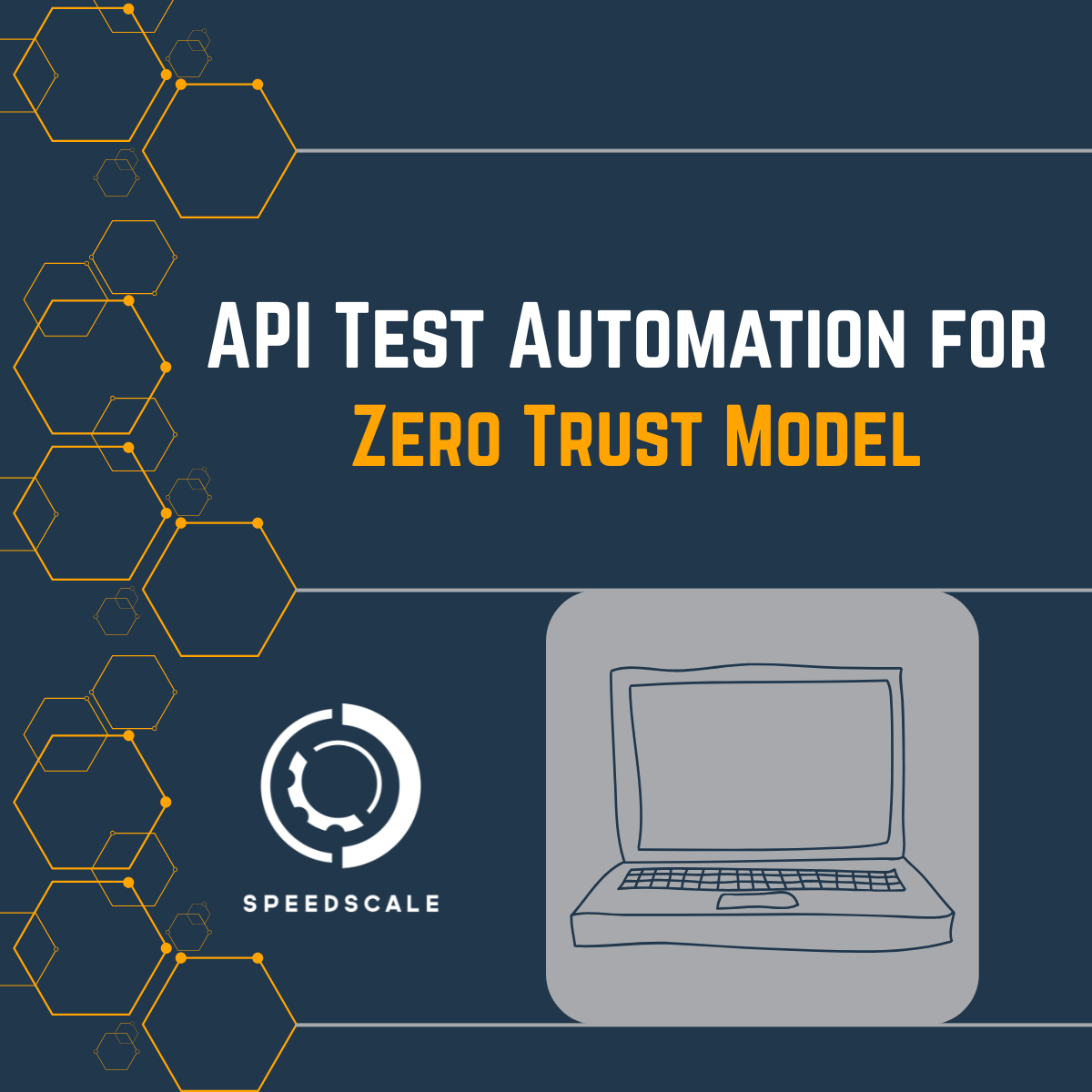
API Test Automation for Zero Trust Model
Security isn’t just about keeping threats outside a well-defined perimeter. In fact, it’s as much about accepting that there is no perimeter.

Security isn’t just about keeping threats outside a well-defined perimeter. In fact, it’s as much about accepting that there is no perimeter.
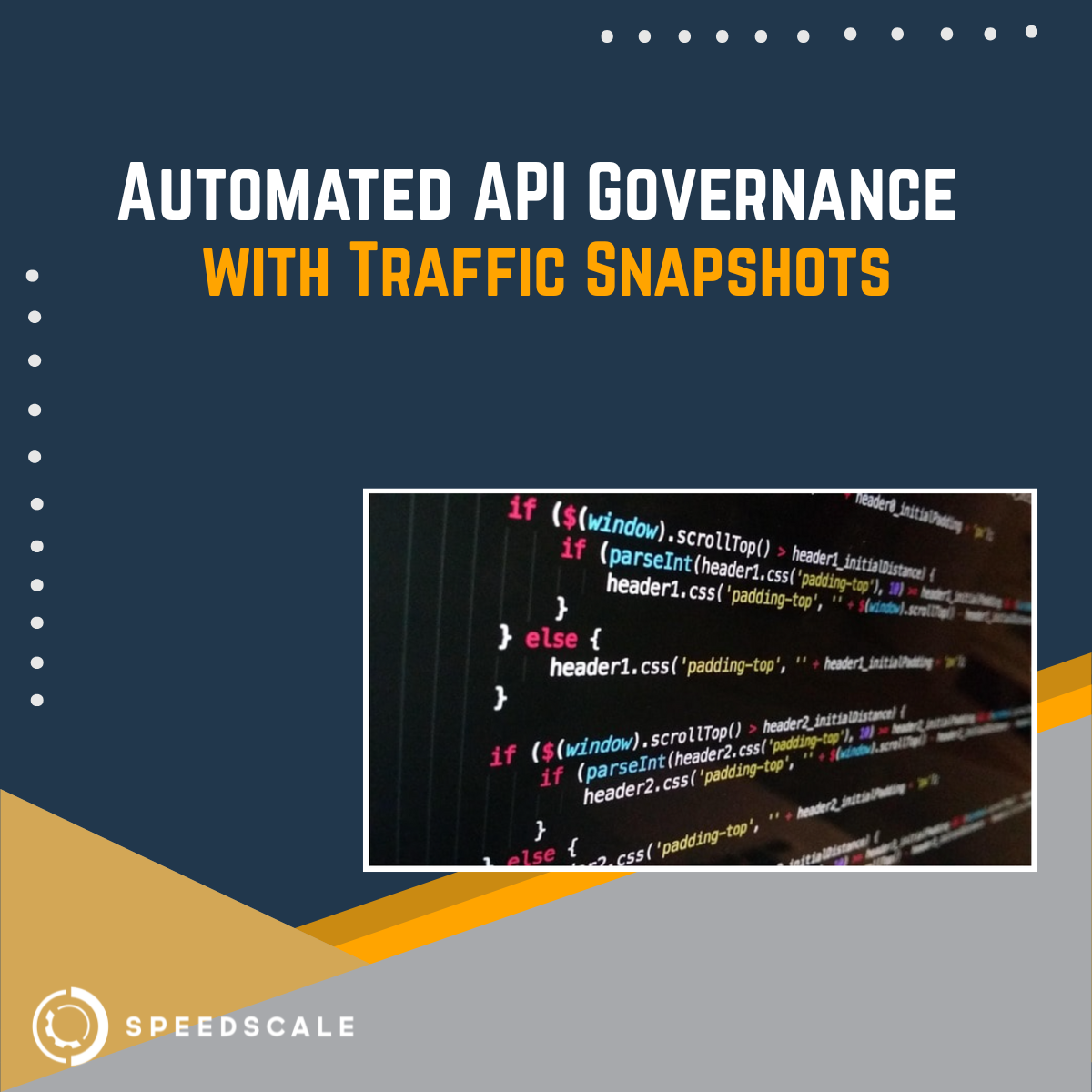
API governance often gets a bad rap. It’s painted as the bottleneck – why new APIs (application programming interfaces, which are standardized

Security misconfiguration remains one of the most persistent and preventable causes of API vulnerabilities today. Despite its well-documented status in the OWASP
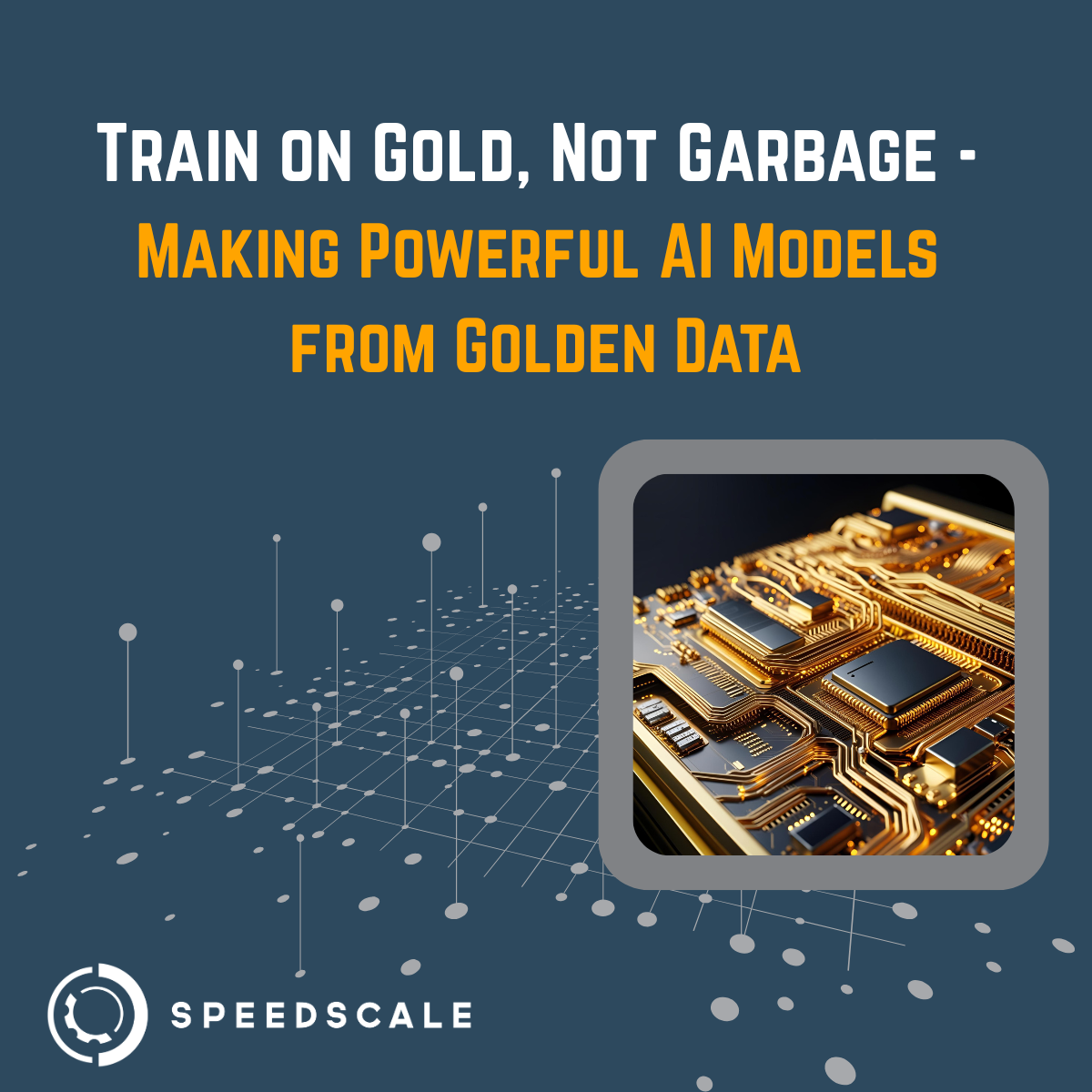
In 2025, training AI and Large Language Models is no longer just about scale – it’s about the quality of the signal.
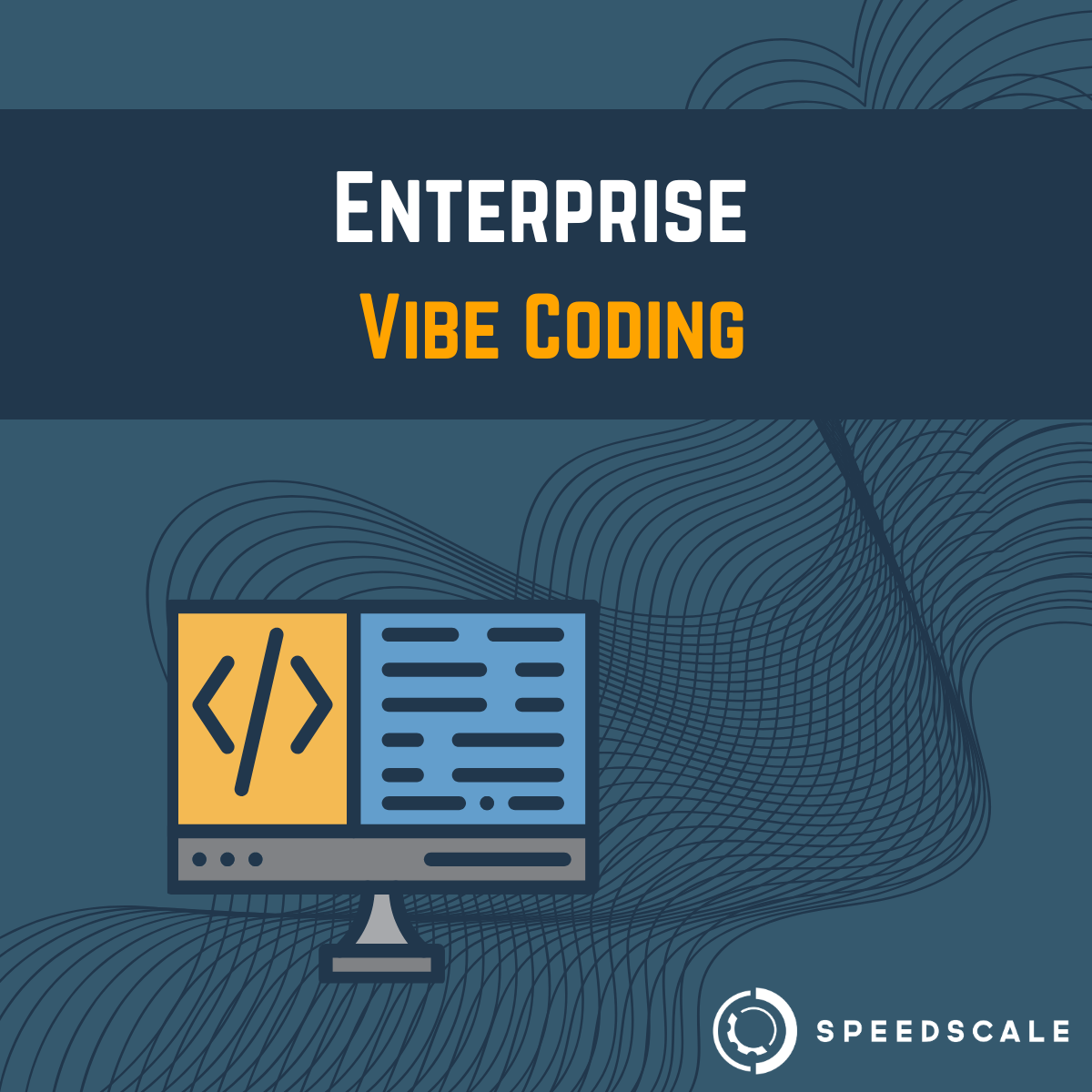
Expanded explanations, guardrails, and practical check-lists included. Vibe coding is a new approach to building software that emphasizes rapid, visual creation of
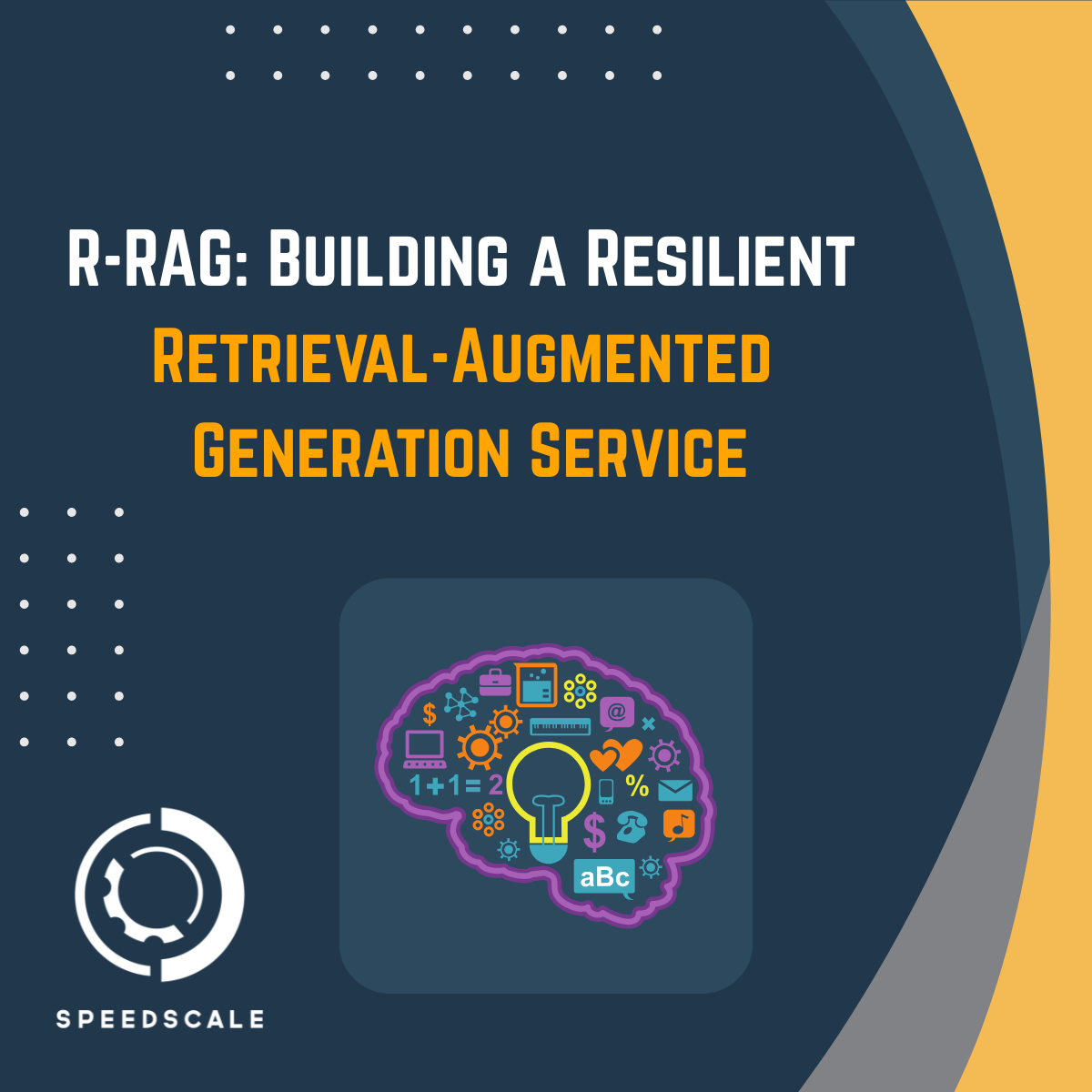
Retrieval-augmented generation (RAG) has quickly become the architecture of choice for enterprises building AI applications that require access to external knowledge. RAG

In today’s interconnected software landscape, applications rarely live in isolation. They depend on a multitude of external services and third-party APIs –
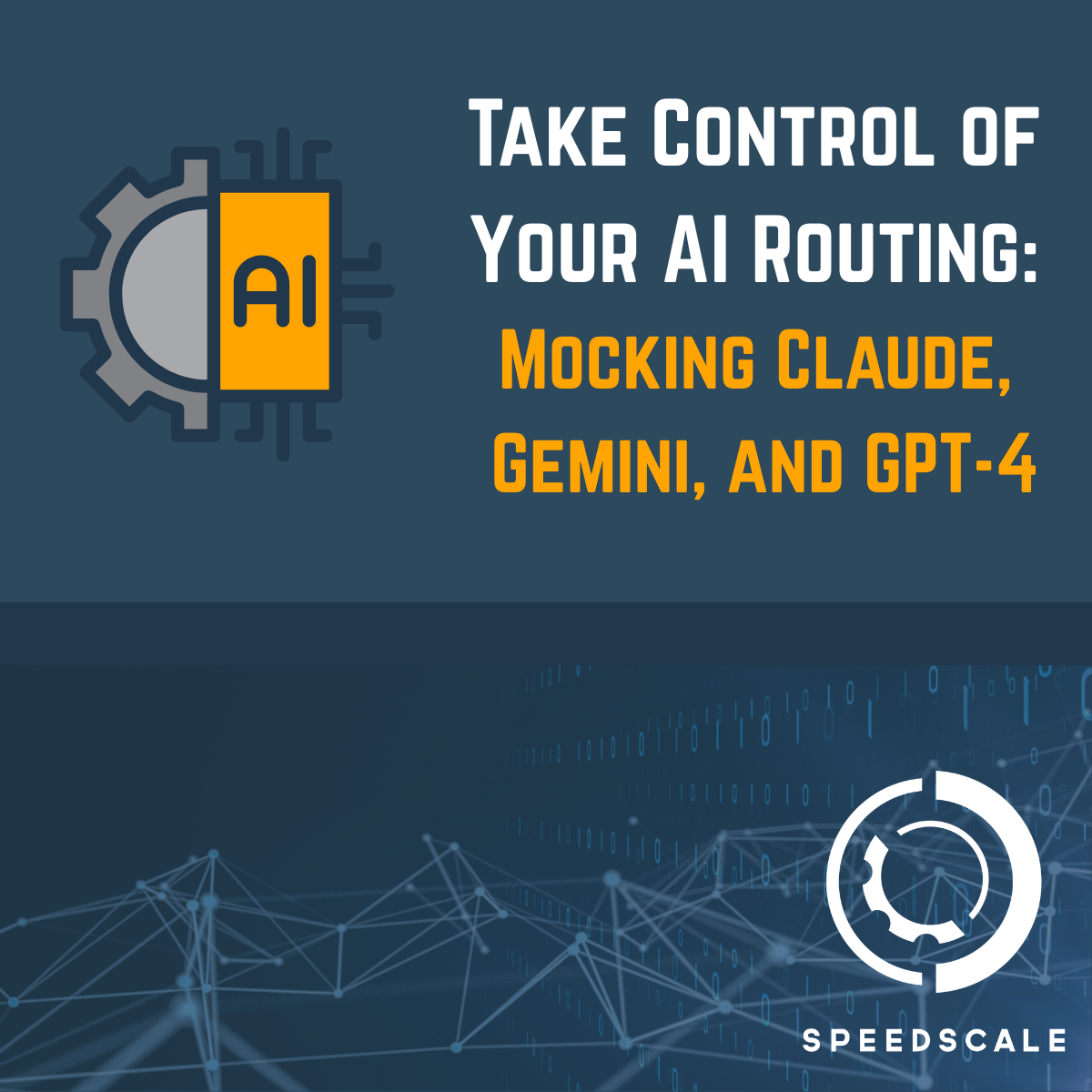
A few short years ago, the idea of using a Large Language Model was relegated to some specific models and implementations for
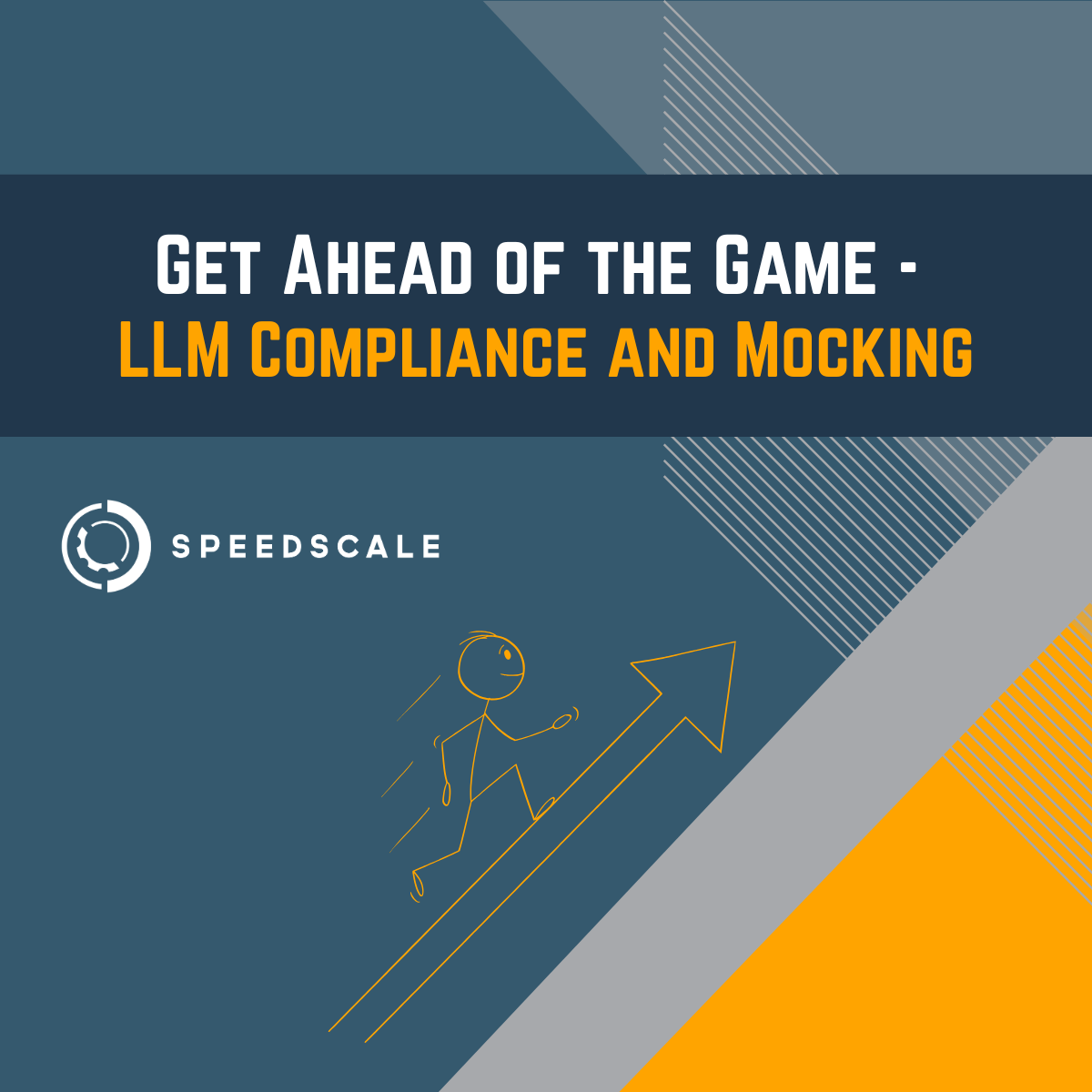
As LLMs (Large Language Models), the technology underpinning modern AI, grow ever more complex and ubiquitous, organizations are increasingly being asked to

The near-ubiquity of LLM systems in 2025 has changed the game in many ways. While Large Language Models have been around for
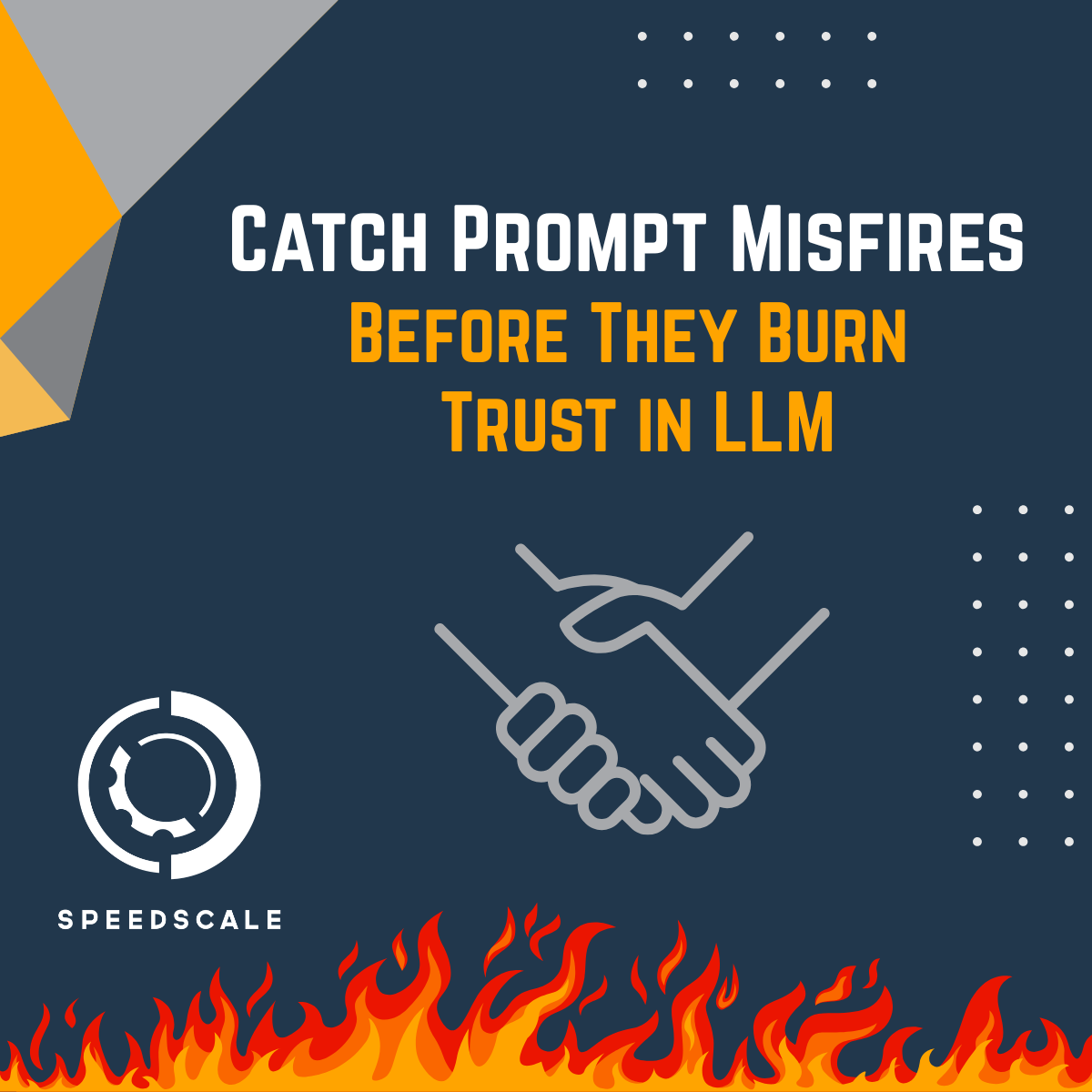
Large Language Models (LLMs) are incredibly powerful, but they are also incredibly fragile. Using LLMs in a production environment requires a lot
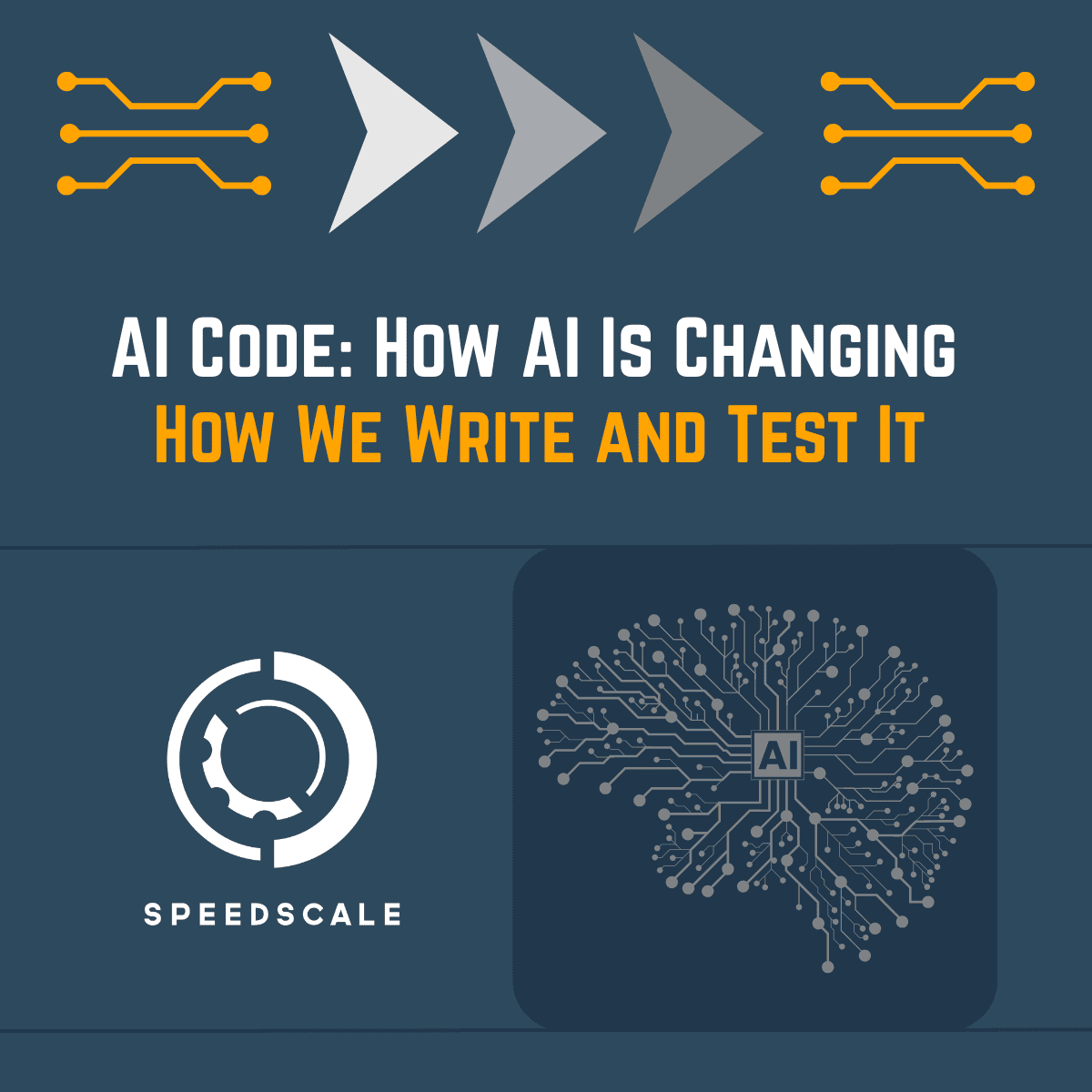
As a software engineer, I’ve always leaned on a solid foundation of code reviews, unit tests, and CI pipelines to ensure quality.

Security isn’t just about keeping threats outside a well-defined perimeter. In fact, it’s as much about accepting that there is no perimeter.

API governance often gets a bad rap. It’s painted as the bottleneck – why new APIs (application programming interfaces, which are standardized

Security misconfiguration remains one of the most persistent and preventable causes of API vulnerabilities today. Despite its well-documented status in the OWASP

In 2025, training AI and Large Language Models is no longer just about scale – it’s about the quality of the signal.

Expanded explanations, guardrails, and practical check-lists included. Vibe coding is a new approach to building software that emphasizes rapid, visual creation of

Retrieval-augmented generation (RAG) has quickly become the architecture of choice for enterprises building AI applications that require access to external knowledge. RAG

In today’s interconnected software landscape, applications rarely live in isolation. They depend on a multitude of external services and third-party APIs –

A few short years ago, the idea of using a Large Language Model was relegated to some specific models and implementations for

As LLMs (Large Language Models), the technology underpinning modern AI, grow ever more complex and ubiquitous, organizations are increasingly being asked to

The near-ubiquity of LLM systems in 2025 has changed the game in many ways. While Large Language Models have been around for

Large Language Models (LLMs) are incredibly powerful, but they are also incredibly fragile. Using LLMs in a production environment requires a lot

As a software engineer, I’ve always leaned on a solid foundation of code reviews, unit tests, and CI pipelines to ensure quality.